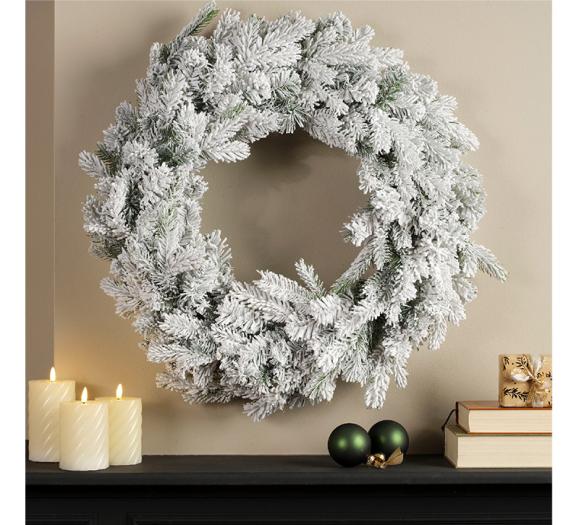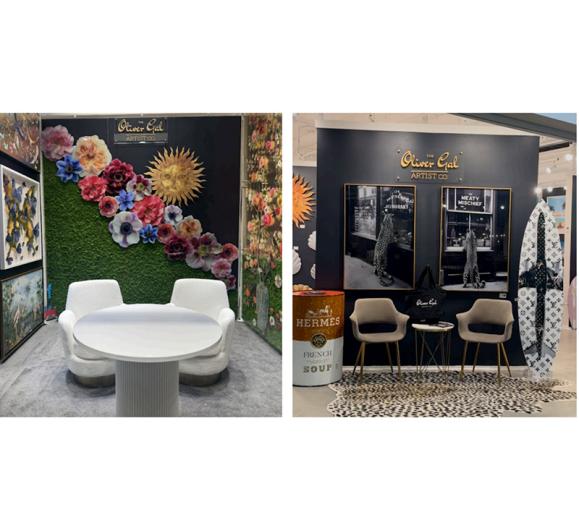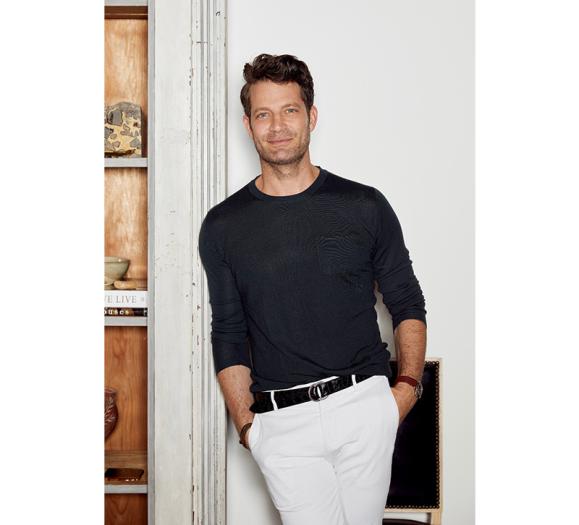The type of lighting you use next your bed depends on how you want use it. For some people bedside lamps are used for reading purposes. These are the people that still enjoy the feel of an actual printed book. Others have moved over to digital books, or just have given up books altogether to catch up on their social media or watch the news. Their devices provide their own illumination, so bedside lamps can perform more decorative purpose. This type of fixture can offer a little visual bling for the bedroom, just like the decorative fixture in the entryway or the one hanging fixture over the dining room table. It is the opportunity to let your imagination take you a little to the wild side.
These fixtures can be understatedly architectural or they can be illuminated art. My job is to give you a taste of what is out there.
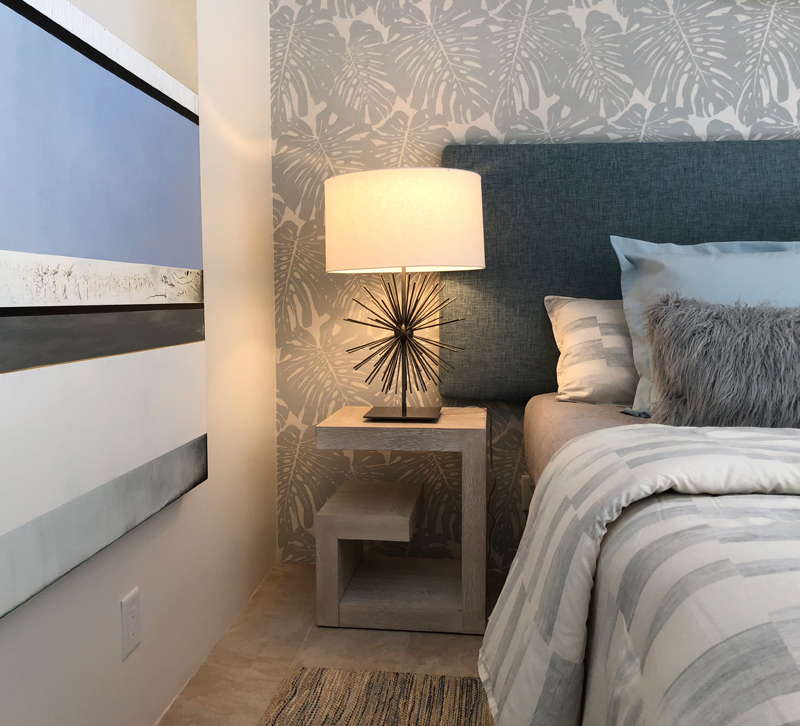
A traditional shade (shown left) offers an omnidirectional glow of illumination. The shade itself draws the most attention, so make sure that it is a shape and scale that works with the base.
If you purchased a table lamp base without the shade, definitely take it with you when you go shade shopping. You want to be able to try on different shapes and sizes until you find the one that feels right. If you try and go shade shopping without the base, it would be like going to try on hats without taking your head.

A more opaque lampshade draws attention away from itself and directing more towards the lamp base. It is also little bit more comfortable for the person you’re sharing your bed with, as you continue to read while they are trying to get a little shuteye. Again, make sure that the scale and the shape of the shade is complementary to the base.
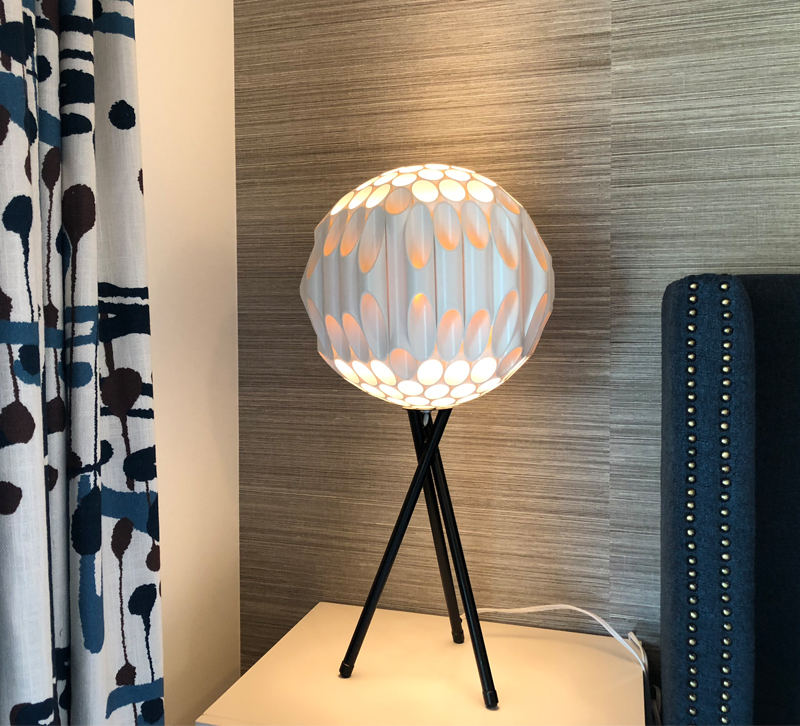
This bedside lamp, the one shown above, serves mostly as a decorative element for the bedroom. Is not really providing definitive reading light. Its purpose is to offer a welcoming glow for the bedroom space.
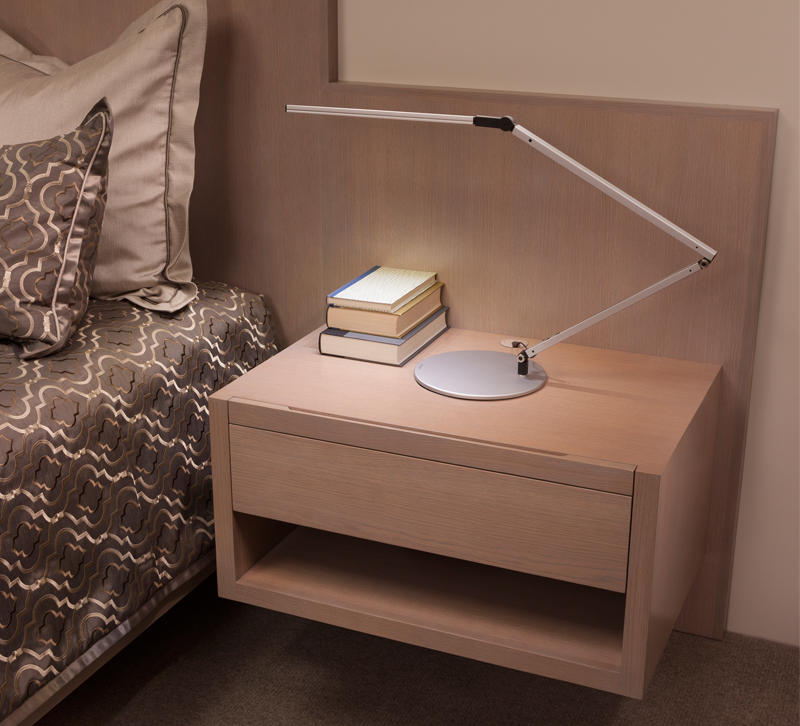
When choosing a bedside lamp that is specifically for reading, consider one that has a flexible arm so that it can be adjusted to the right height. Note that the interior designer has specified a grommet hole in the casework to hide the cord for this floating table, which is integrated into the headboard.

The shape and size a light bulb you select can also play a factor. The bulb used in the fixture shown above does not work with the shade. It hangs down below the rim, which causes glare and creates a distracting line of light along the wall. A better choice would have been to use a small reflector bulb that would fit more snugly inside the shade.
Remember: Bedside lighting is only part of successful lighting design for the bedroom. Make sure that there is a layer of ambient light, so that you and the people you love look their very best. Plus, consider adding some accent lighting for a visual pop. Create a space and makes you happy every time you walk in.




